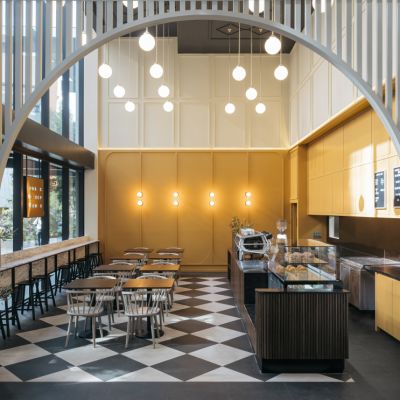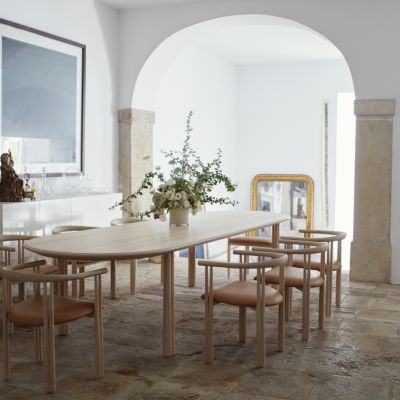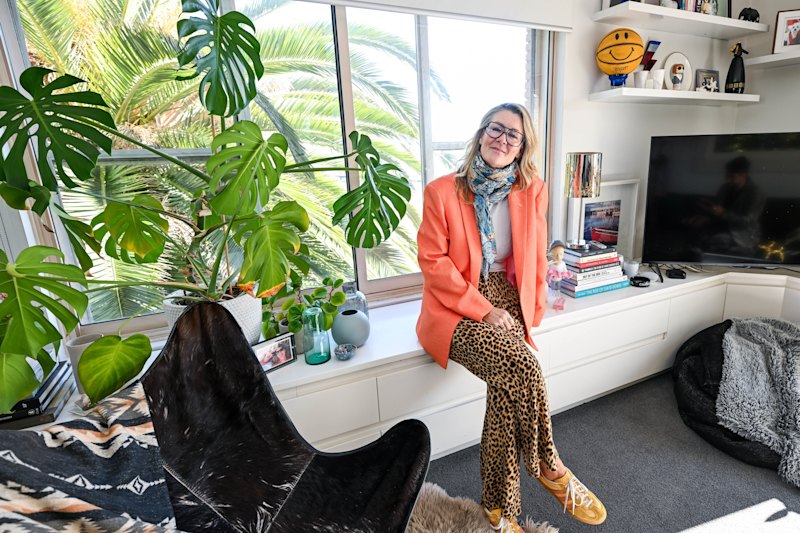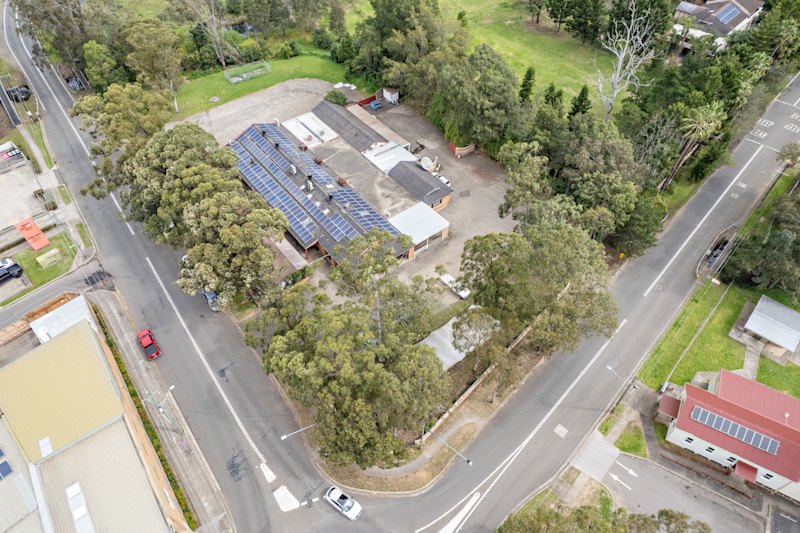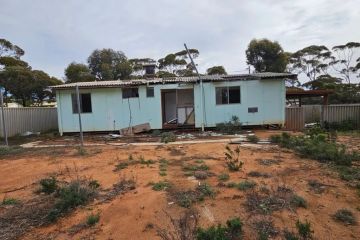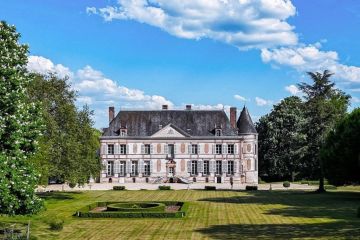The Design Files Design Awards: Hear from Australia's top designers

The Design Files Design Awards will illuminate the very best in Australia’s design and creative community across 12 categories this September.
“We’re excited to bring together and champion a really diverse cross section of Australian design,” says Lucy Feagins, creator of the awards and digital publication The Design Files.
Judged by an esteemed panel of leading designers, architects and makers, they reveal firsthand what’s running hot on Australia’s design treadmill.
Paul Bangay, Landscape Design category
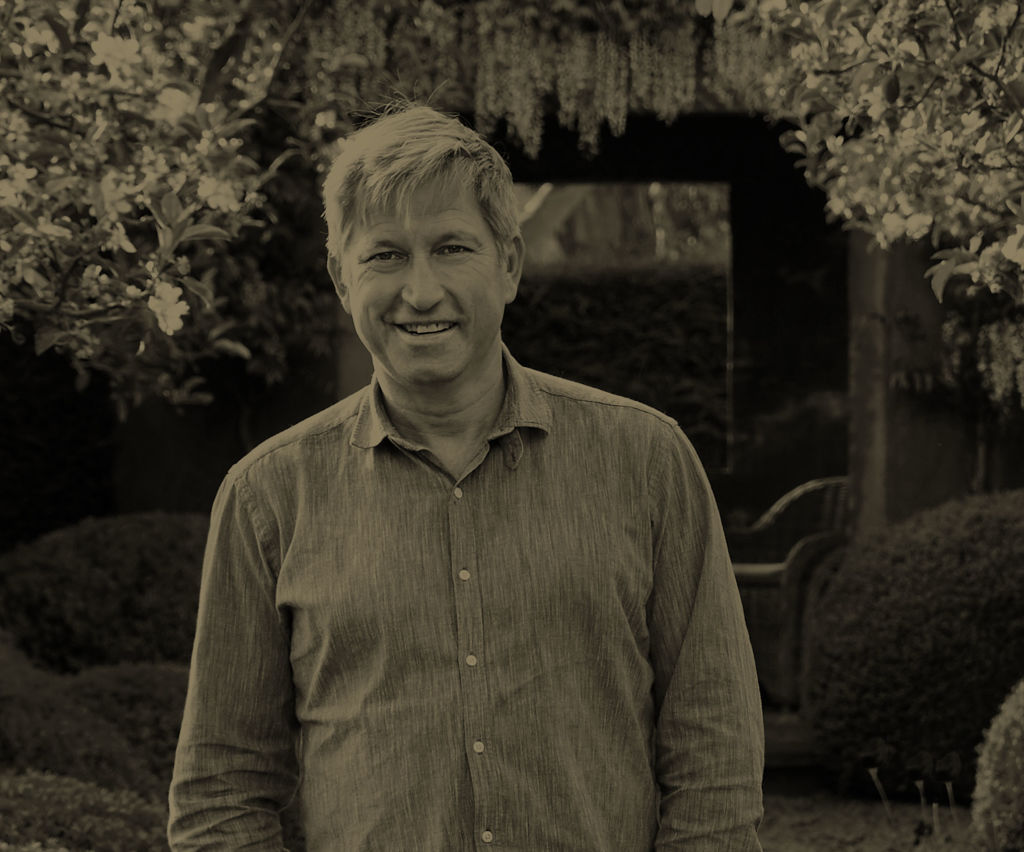
In Australia we spend a lot of time in our gardens. We tend to our plants, we hang out the washing and we relax on the deck while drinking our morning coffee.
“Australian gardens are unique because we use them 12 months of the year,” says garden designer Paul Bangay. “In a lot of the northern hemisphere, gardens close down for winter but here a garden is important all year round.”
Bangay describes a mix of strong exotic and Australian native plants to be emerging in landscape design. “I think it’s really positive we’re integrating the two styles of plants with less formality and more casualness.”
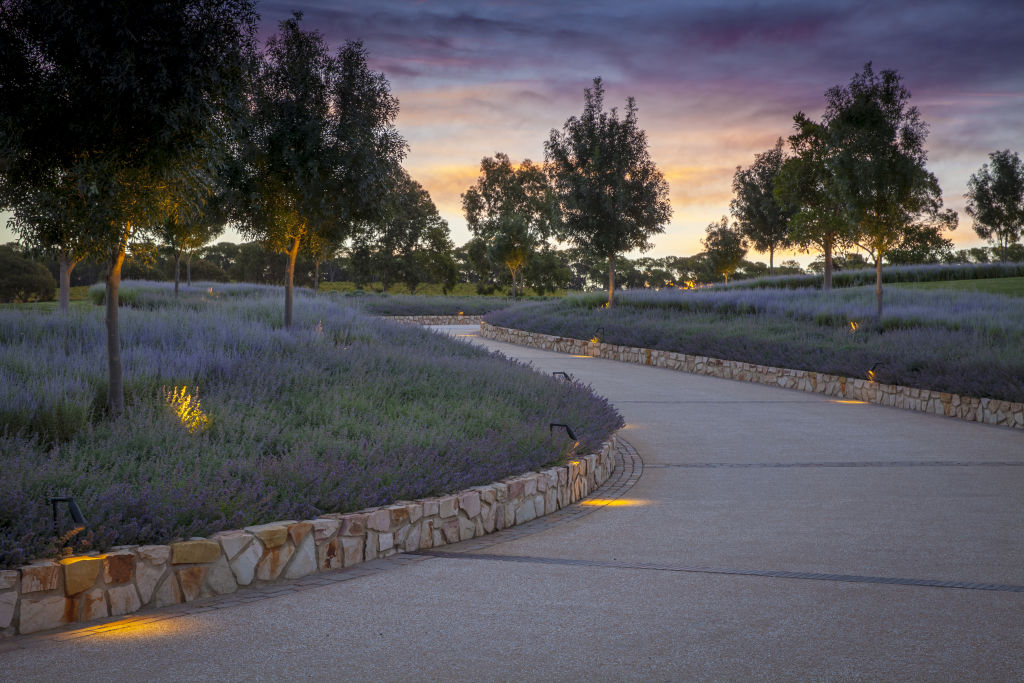
Sydney landscape designer Will Dangar has embraced this and is one Bangay says we should watch. “I really admire the way he is using Australian natives with more semi tropical plants.”
Another design element Bangay wants us to consider in the Australian garden is moving water. “We live in a very hot climate with hot summers and I think moving water adds a lot to the cooling and calming effect of the garden.”
He encourages creativity when implementing water to the garden’s design. “Introduce it via a vertical water feature, a simple sculptural bowl with a jet in it or a channel of water running through the garden.”
David Flack, Interior Design category
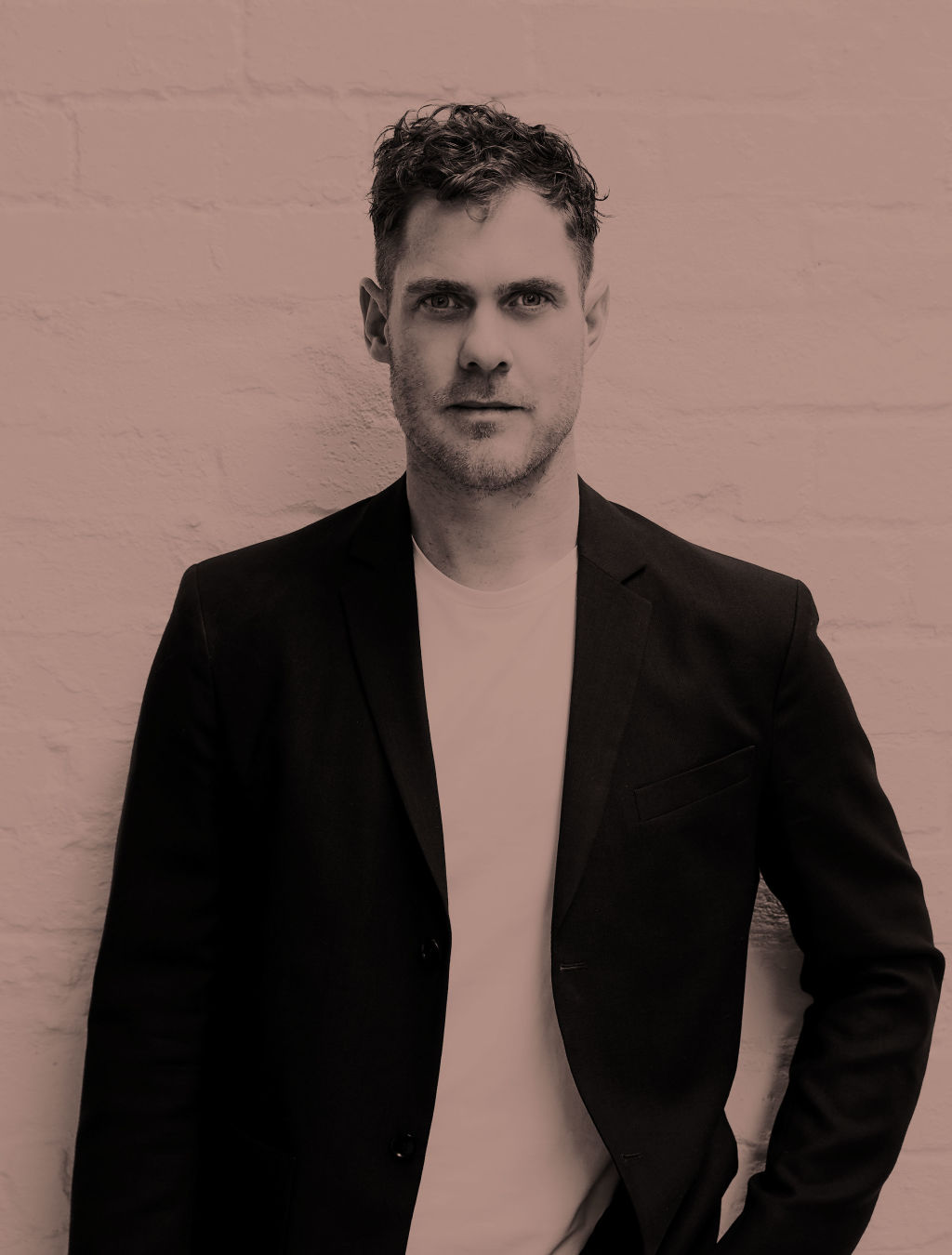
Interior designer David Flack of Flack Studio believes we are moving towards a culture where home is a sanctuary. He also believes every Australian home should have a bar. “It’s mandatory in a Flack Studio home!” he says.
“I think it’s a return to the 1970s where you always entertained at home and, with the rise of hospitality today, bars have become the new living room.”
For an instant at-home bar he suggests stocking up a bar trolley with some glassware and your favourite liqueur.
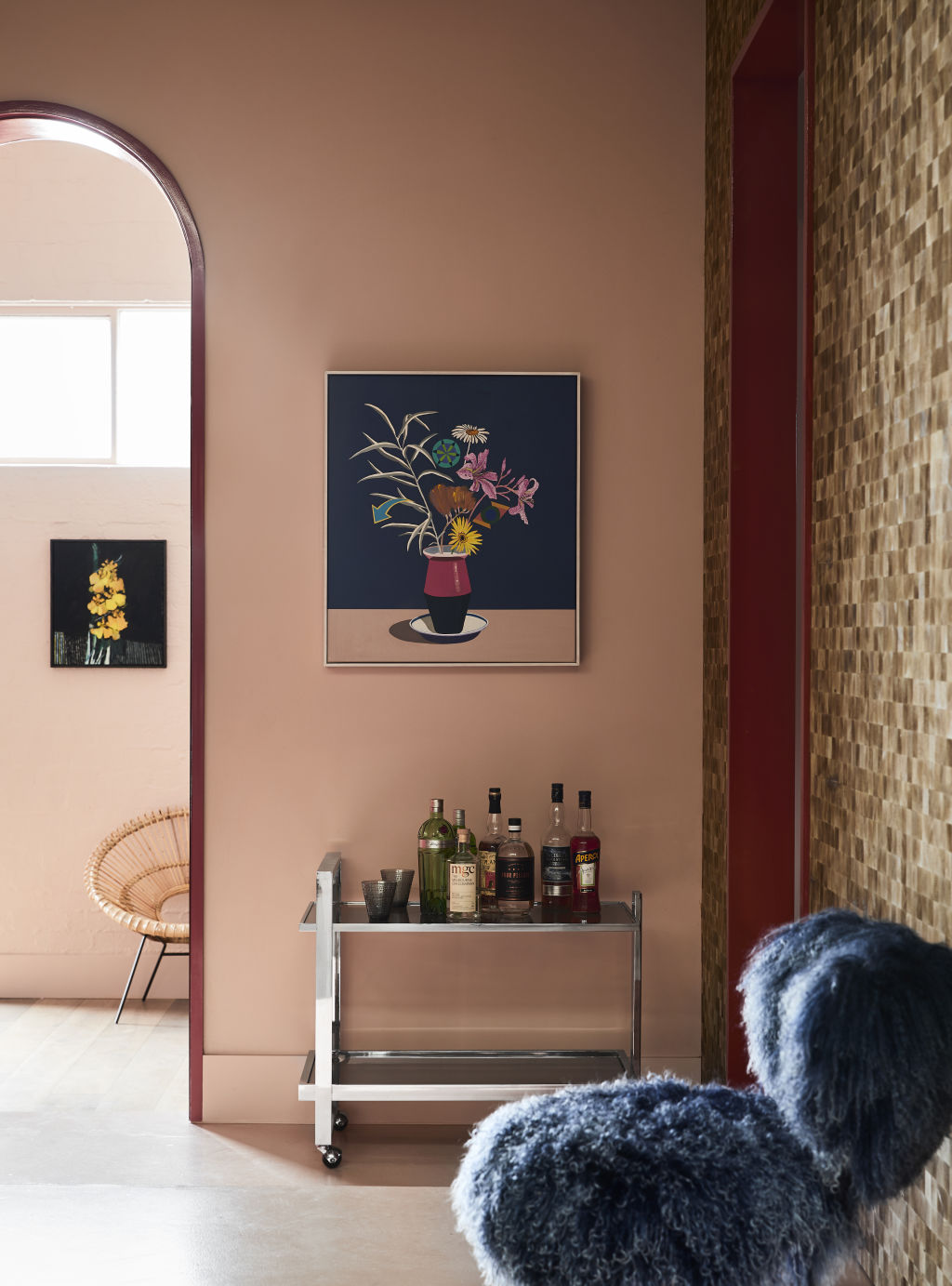
Flack has also observed an interiors shift towards a more naturalistic aesthetic in Australia. “I think the political climate has driven designers and makers to get back to their grassroots and have a bit a bit more of an individualist voice.”
One Australian designer doing such things is Dale Hardiman, who is part-furniture designer, part-exhibition curator. “I love his brain and what he is doing with art and design.”
Sophie Gannon Gallery is another Flack says is changing the landscape of Australian interiors, or more specifically, what we put inside them. “Sophie is pushing a new agenda of what a gallery can be and blurring the lines between design and art – it’s really interesting.”
Clare Cousins, Residential Architecture category
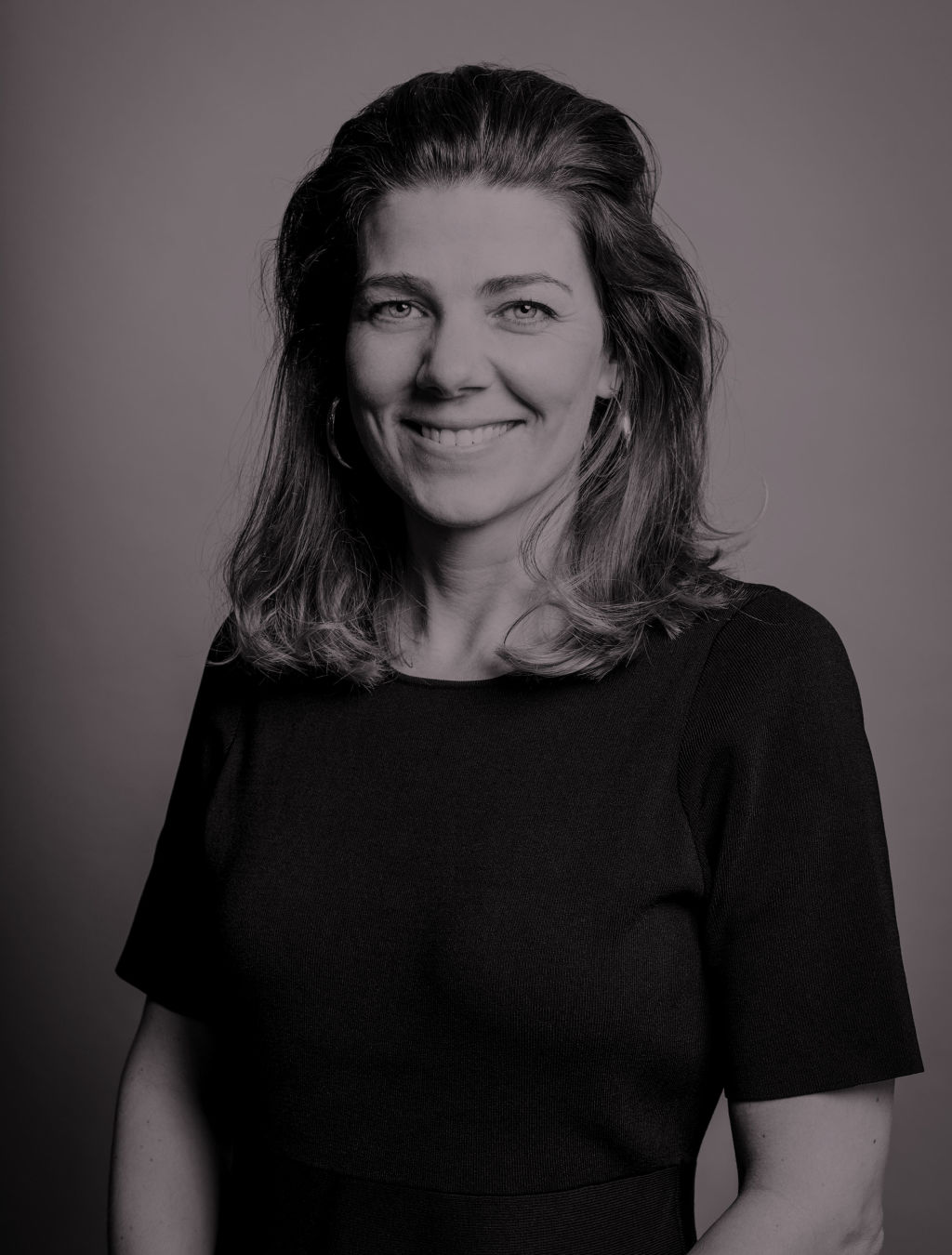
The dissolving threshold of inside and outside is what makes Australian architecture unique, according to Clare Cousins of Clare Cousins Architects.
“I think it’s something we take for granted because we are so intrinsically used to it but it is not as common in other parts of the world,” says Cousins.
“There is a real interest in holistic design and how buildings respond to landscape and how they sit within landscape.”
From clients she’s noticed a growing preference towards highly sustainable buildings but maintains it’s the architect’s responsibility to offer sustainable solutions that go beyond water tanks and solar panels.
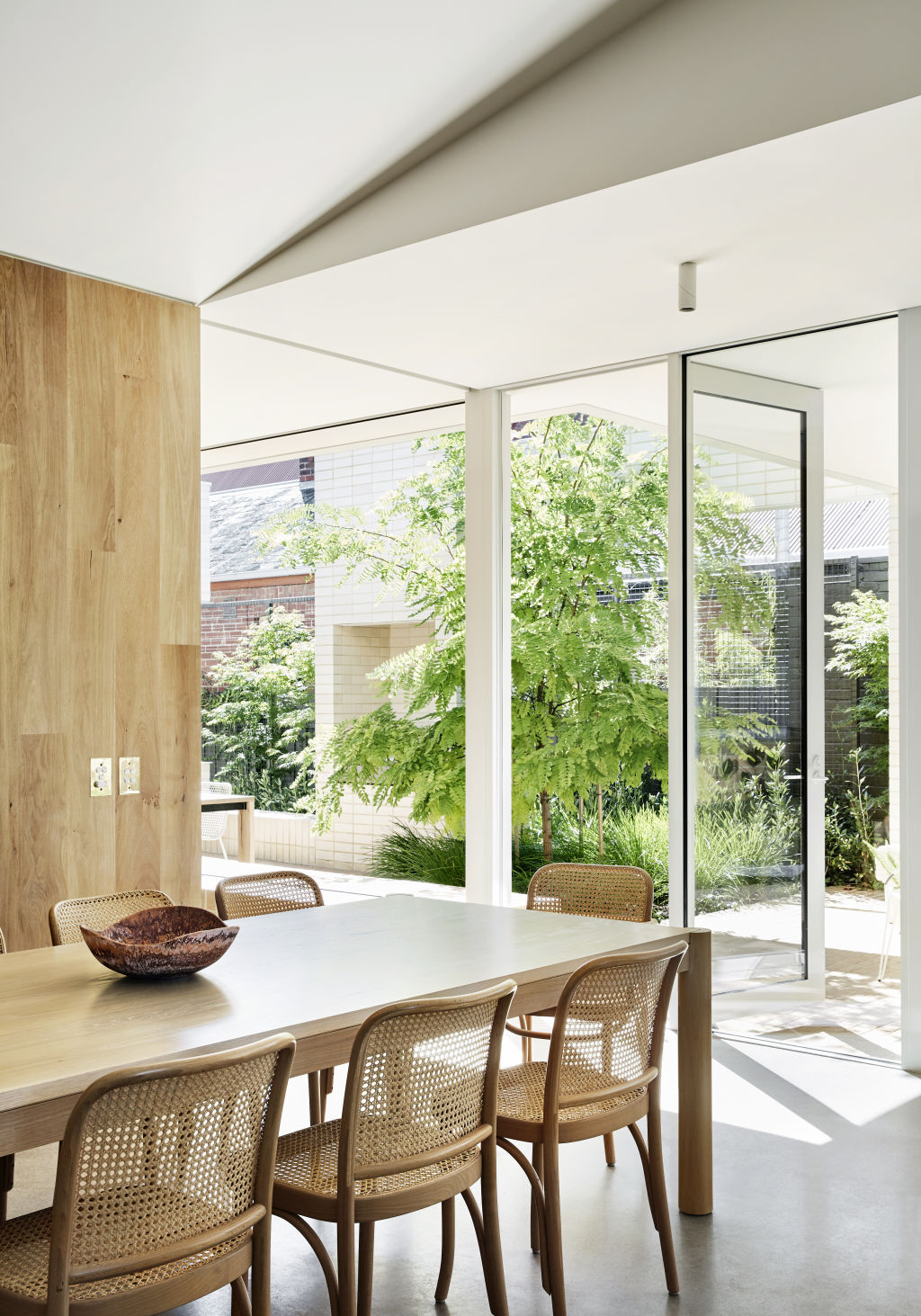
“These additions are important but we’re looking at other ways to incorporate sustainable practices,” she explains. “Comfort should be achievable without even having to turn on an airconditioner or heater and it’s our job to see how we can do this in a passive way by looking at cross-ventilation, building materials and their thermal composition and specifications.”
Cousins admires the work of Australian practices taking big strides in sustainability including MAKE Architecture, Kennedy Nolan, Tribe Studio and Kerstin Thompson Architects. She’s also looking forward to unearthing new architectural talent through The Design Files Awards.
Lucy Feagins, Emerging Designer category
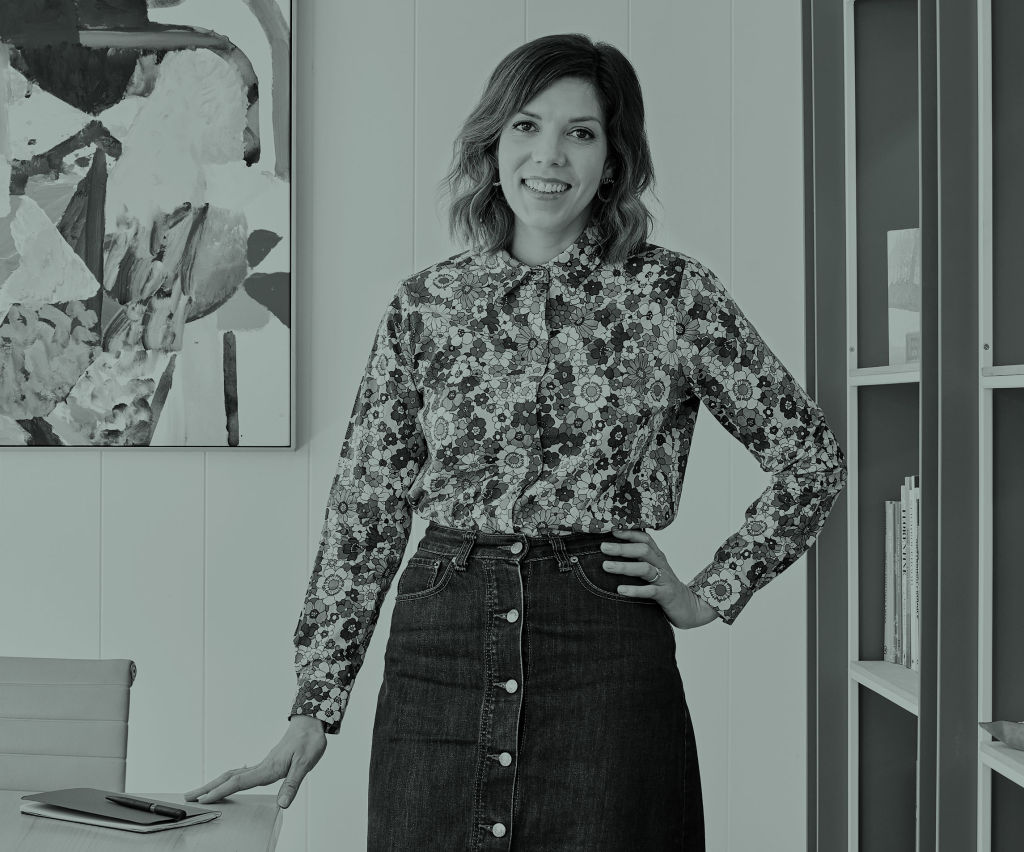
Australia’s hands-on-get-it-done attitude is at the heart of the emerging design. “I feel that’s always where the really exciting stuff happens because solo makers have to be really resourceful and are not constrained by the limitations of bigger organisations,” says Lucy Feagins, founder of The Design Files.
Running her popular design blog since 2008, Feagins has seen her fair share of up-and-coming designers and reveals a trend in sustainability currently reins. “Makers are now designing and thinking about the full lifecycle of their products and how it can have a minimal impact on the environment.”
Her retail go-tos that best showcase emerging Australian creative makers include Modern Times, Pepite for handcrafted ceramics and arts organisation Craft Victoria. “Designers and makers now are really supported by local retail and customers really want handmade, interesting pieces,” she says.
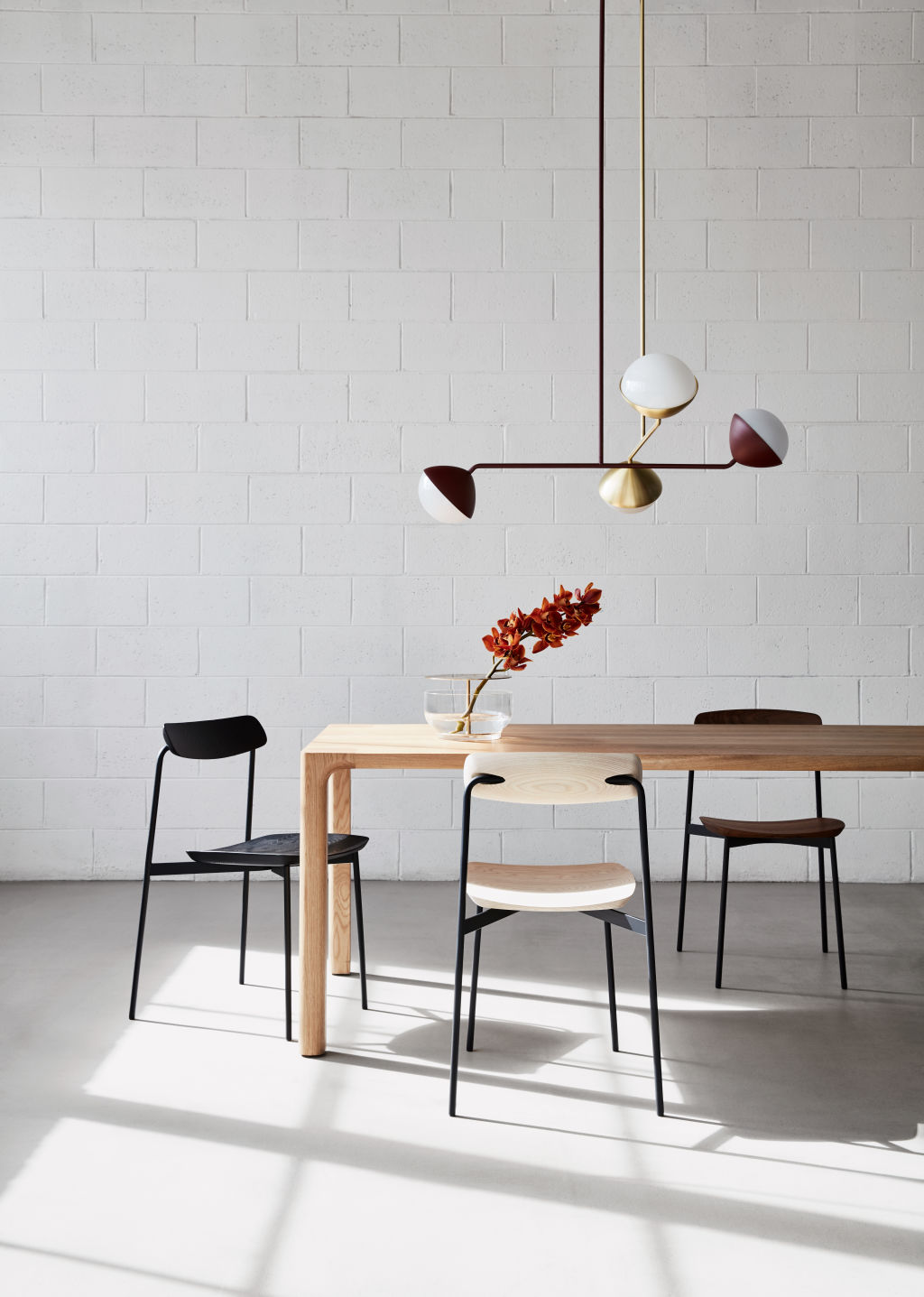
The rise in handmade is attributed to the limited manufacturing options available to solo craftspeople. “Most designers that are emerging are making prototypes themselves and, because of this, their work has a handcrafted element to it and appears more artisanal.”
She names local ceramicist Tantri Mustika and sculptor Steven John Clark of Den Holm as those who have forged ahead with their tactile creative output.
Richard Munao, Furniture Design category
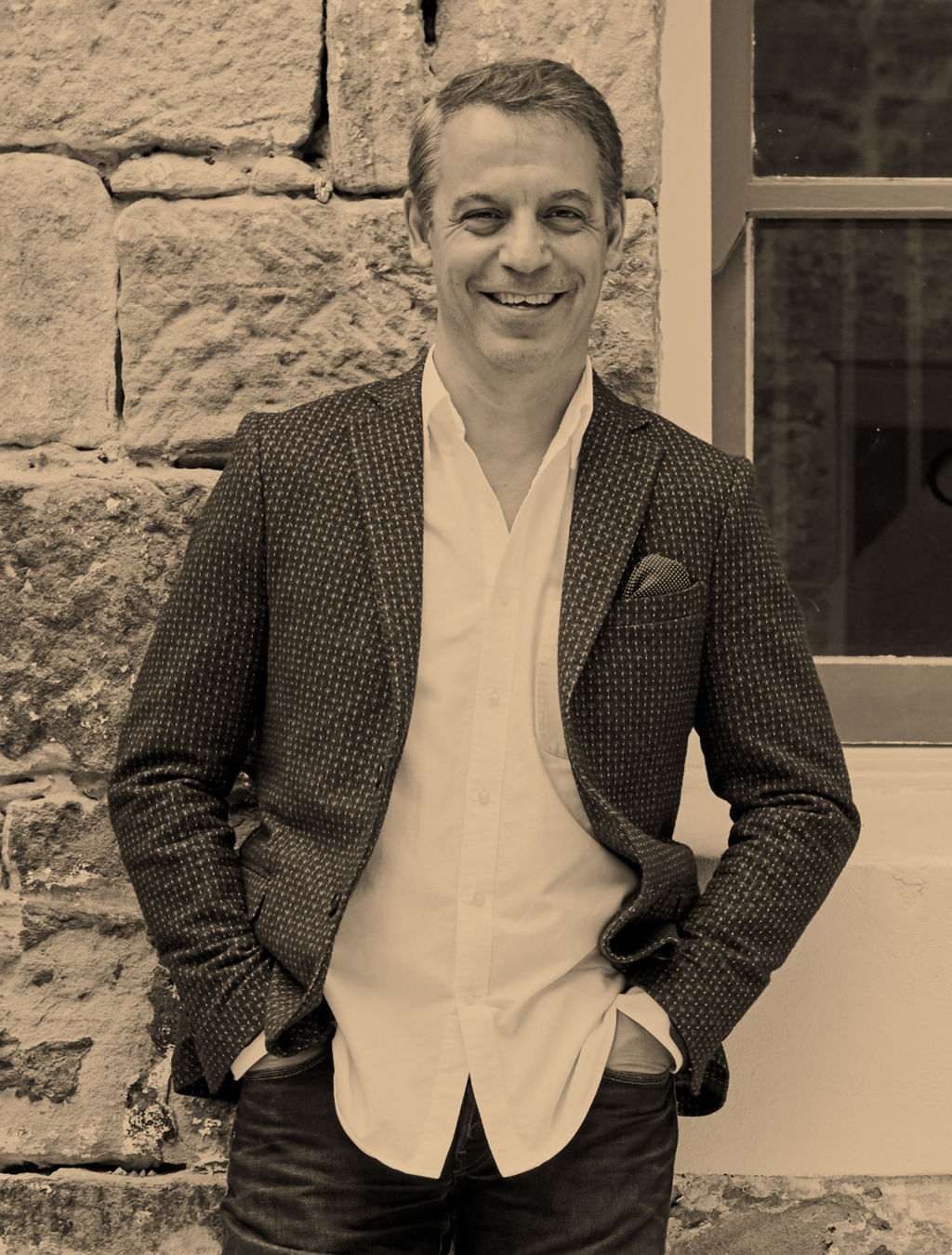
Richard Munao of Cult and NAU has been in the Australian furniture and lighting game for 30 years as a maker, retailer and manufacturer. Recently returning from Milan Design Week, Munao, through NAU, supported an installation featuring 44 Australian designers.
“It was incredible to see so much home-grown talent in one place,” he says. Of the 44 designers featured, Munao says 42 are sole operators who work as both designer and maker. “They take a concept from sketch to product.”
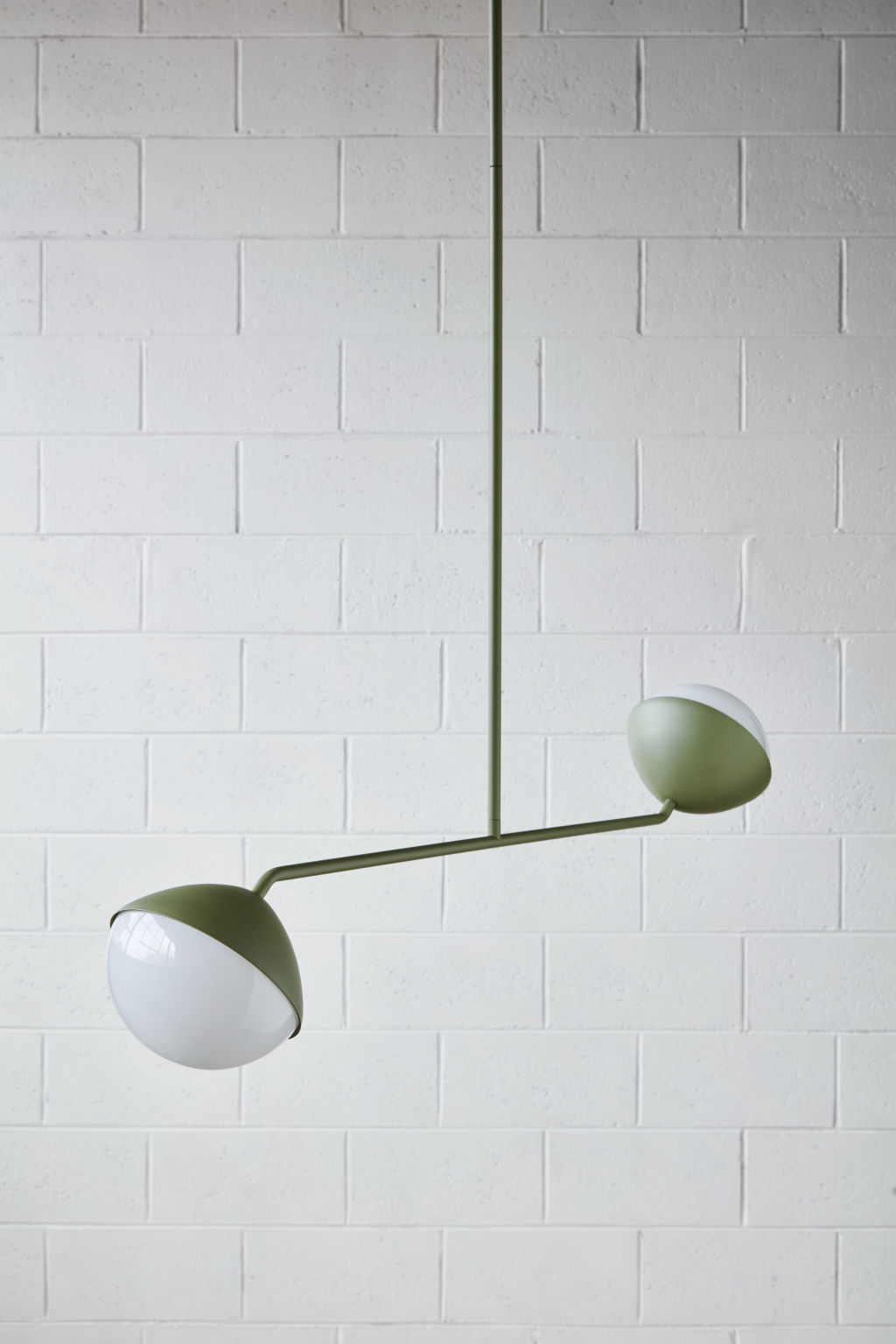
Munao believes it’s our fresh approach that distinguishes Australian furniture and lighting design. “We don’t have any preconceived design history and this means we’ve got this fantastic opportunity to create our own design culture,” he says.
“There is a particular freshness in what we’re doing. We’re not worried about someone looking over our shoulders and saying you’ve got to do better than we did 40 or 100 years and because of this, new, never-before-seen designs are the result.”
Young lighting designer Zachary Hanna is currently on Munao’s watchlist. “Most of the emerging talent don’t get influenced by what they see, they get inspired by what’s around them.”

We recommend
States
Capital Cities
Capital Cities - Rentals
Popular Areas
Allhomes
More

